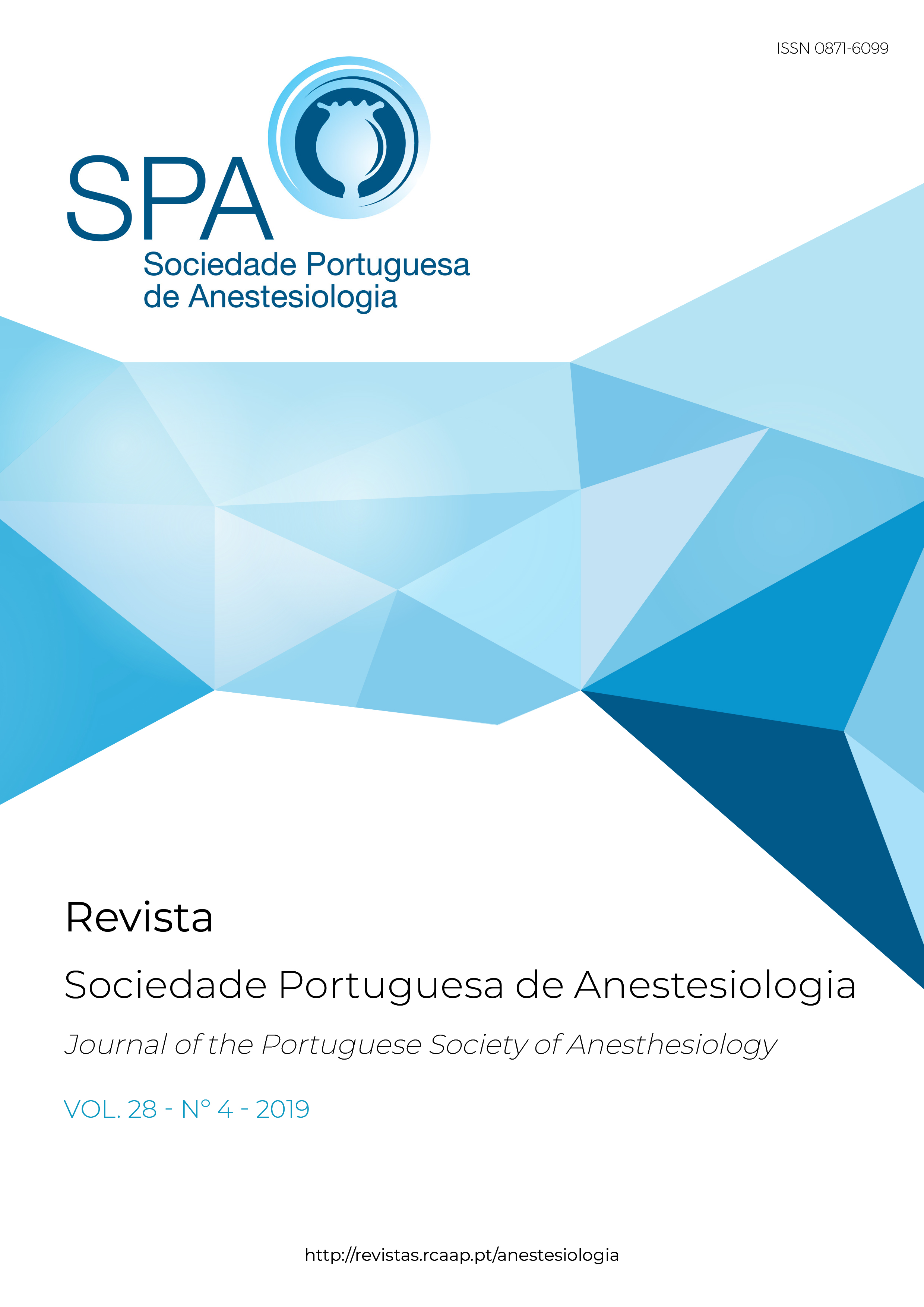Oblique Subcostal TAP Block in a Newborn Undergoing Pyloromyotomy: A Case Report
DOI:
https://doi.org/10.25751/rspa.18716Keywords:
Abdominal Muscles; Analgesia; Infant, Newborn; Nerve Block; Pyloromyotomy TAP block; Subcostal oblique approach; Neonatal period; PyloromyotomyAbstract
Abdominal surgery for congenital malformation is a common procedure in the neonatal period. Intra and postoperative analgesia usually involves the administration of systemic opioids and/or regional techniques such as surgical wound infiltration or epidural block. However all these techniques have specific problems in the neonatal period. Oblique subcostal transversus abdominis plane block provides analgesia for the upper abdomen and is regarded as a valid alternative to epidural analgesia for supraumbilical abdominal surgery. Although TAP block does not provide visceral analgesia, it plays a valuable role as a component of a multimodal analgesic approach. It has already been shown to reduce the total dose of opioids and to improve pain scores.
Oblique subcostal TAP block reports in pediatric patients are scarce, especially in newborns, and for this reason the authors believe this case-report is relevant.
Downloads
References
2. Fredrickson MJ, Seal P. Ultrasound-guided transversus abdominis plane block for neonatal abdominal surgery. Anaesth Intensive Care 2009; 37: 469-472.
3. Mai CL, Young MJ, Quraishi SA. Clinical implications of the transversus abdominis plane block in pediatric anestesia. Pediatric Anesthesia 2012; 22: 831-840.
4. Soliz JM, Lipski I, Hancher-Hodges S, Speer BB, Popat K. Subcostal transverse abdominis plane block for acute pain management: a review. Anesth Pain Med 2017; 7(5): 2923.
5. Chen CK, Teo SC, Phui V, Saman MA. Analgesic efficacy of transversus abdominis plane block in neonates and early infants for colostomy and reversal of colostomy. Agri 2015; 27(4): 210–214.
6. Binici O, Kocaman OH, Buyukfirat E, Karahan MA, Altay N. Is ultrasound-guided transversus abdominis plane block in providing analgesia in pediatric cases safe and efficient? a retrospective study. Medical Science and Discovery 2018; 5(6): 224-8.
7. Tsai HC,1 Yoshida T, Chuang TY, Yang SF, Chang CC, Yao HY, et al. Transversus abdominis plane block: an updated review of anatomy and techniques. Bio Med Research International 2017; 10:1-12.
8. Hebbard PD, Barrington MJ, Vasey C. Ultrasound guided continuous oblique subcostal transversus abdominis plane blockade: description of anatomy and clinical technique. Reg Anesth Pain Med. 2010; 35 (5): 436-41.
9. Fredrickon M, Seal P, Houghton J. Early experience with the transversus abdominis plane block in children. Pediatr Anesth 2008; 18: 891-892.
10. Jacobs A, Thies KC. Ultrasound-guided transversus abdominis plane block for reversal of ileostomy in a 2-kg premature neonate.Paediatr Anaesth 2009;19(12):1237-8.
11. Tekin M, Gurkan Y, Solak M, Toker K. Ultrasound-guided bilateral transversus abdominis plane block in a 2-monthold infant. J Anesth 2009; 23(4): 643–4.
Downloads
Published
How to Cite
Issue
Section
License
Articles are freely available to be read, downloaded and shared from the time of publication.
The RSPA reserves the right to commercialize the article as an integral part of the journal (in the preparation of reprints, for example). The author should accompany the submission letter with a declaration of copyright transfer for commercial purposes.
Articles are published under the terms of the Creative Commons Attribution Non-Commercial License (CC BY-NC).
After publication in RSPA, authors are allowed to make their articles available in repositories of their home institutions, as long as they always mention where they were published.


